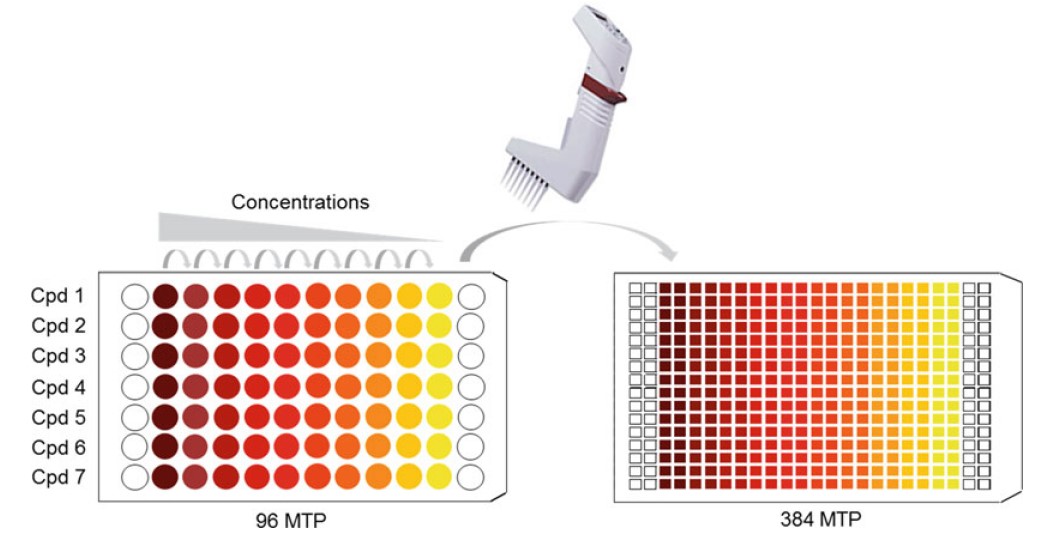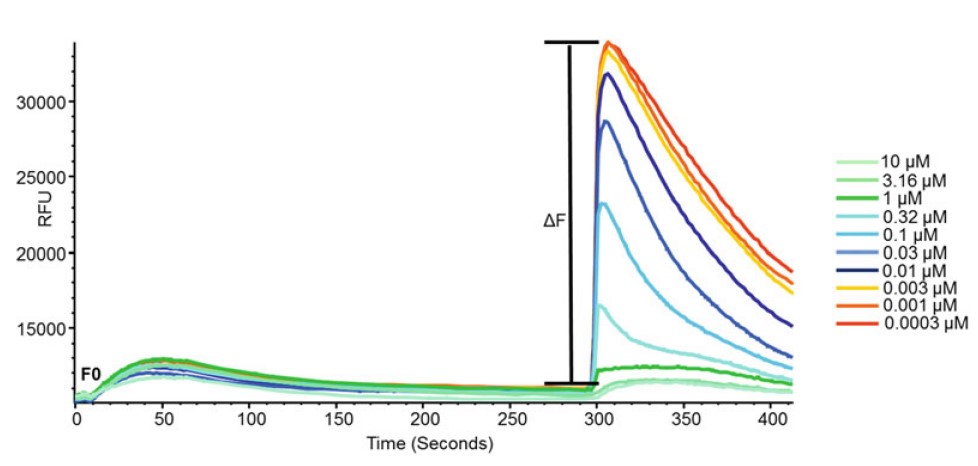- Home
-
Screening
- Ionic Screening Service
-
Ionic Screening Panel
- Ligand Gated Ion Channels
- Glycine Receptors
- 5-HT Receptors3
- Nicotinic Acetylcholine Receptors
- Ionotropic Glutamate-gated Receptors
- GABAa Receptors
- Cystic Fibrosis Transmembrane Conductance Regulators (CFTR)
- ATP gated P2X Channels
- Voltage-Gated Ion Channels
- Calcium Channels
- Chloride Channels
- Potassium Channels
- Sodium Channels
- ASICs
- TRP Channels
- Other Ion Channels
- Stable Cell Lines
- Cardiology
- Neurology
- Ophthalmology
-
Platform
-
Experiment Systems
- Xenopus Oocyte Screening Model
- Acute Isolated Cardiomyocytes
- Acute Dissociated Neurons
- Primary Cultured Neurons
- Cultured Neuronal Cell Lines
- iPSC-derived Cardiomyocytes/Neurons
- Acute/Cultured Organotypic Brain Slices
- Oxygen Glucose Deprivation Model
- 3D Cell Culture
- iPSC-derived Neurons
- Isolation and culture of neural stem/progenitor cells
- Animal Models
- Techinques
- Resource
- Equipment
-
Experiment Systems
- Order
- Careers
FLIPR Detection System
Ion channels are an important drug target in pharmaceutical industry. Traditionally, patch clamping, the gold standard, has been the method of choice for measuring changes in membrane potential. Although it is the most informative, this method is very labor-intensive and time-consuming. It does not provide the solution for high-throughput drug screening of ion channels. To reach high throughput screening, Creative Bioarray provides the FLIPR High-Throughput Cellular Screening System which is capable of simultaneous fluid dispensing and signal detection.

Fig. 1 Scheme of test compound plate preparation.
Since calcium ions (Ca2+) play a key role in cellular homeostasis, among all the potential ion channel targets, calcium channel and GPCR are more frequently researched. Their functions are involved in calcium dynamics which play a critical role in many disease pathologies. Ca2+ also functions in the electrophysiology of the heart (regulate the activities of motor proteins necessary for cardiac contraction) and neurons (regulate neuronal functions). Ca2+ plays a critical role in the direct acute drug effects on electrophysiology can be detected by monitoring Ca2+ transients, making it a valuable tool in drug discovery and safety pharmacology assessment. FLIPR technology measuring Ca2+ flux in cells was an important development in the early 1990's and has played a significant role in HTS and lead optimization applications. Upon treatment with a calcium fluorescent dye, real-time changes in fluorescent calcium transients can be measured in Cardiomyocytes or cell line (expressing GPCRs, ion Channels, and coupling proteins) at a high-throughput.
Although FLIPR is devoted to Ca2+ channel based assay development, the FLIPR system is also useful for measuring potassium and other ion flux in cells with appropriate fluorescent dyes. FLIPR system in Creative Bioarray provides a fast, simple and reliable fluorescence assay for detecting changes in membrane potential. This assay provides a level of information approaching that of patch clamping. In combination with the FLIPR system, it provides a very good system for high-throughput screening of ion channel drug targets.
In Creative Bioarray, our FLIPR High-Throughput Cellular Screening System provides an automated solution for identifying early leads in the drug discovery process and for evaluating drug efficacy and toxicity. For this FLIPR system we provide multiple suitable fluorescent dyes (e.g. Fluo-3AMA, Calcein 4, etc) for selection according to customer's requirements. Multiple detection modes (easily switching between fluorescence and luminescence read modes) are available. by using our FIPR system. Creative Bioarray FLIPR screening system is equipped with seven fluorescence LED sets with many filter options and optional aequorin luminescence detection available for single wavelength and ratiometric assays.
Application
Cardiac safety assessment
Calcium transients were determined to analyze specific cardioactive compound response parameters, including peak frequency, peak amplitudes, and average peak widthGPCR Targets Coupled to Ca2+ Mobilization
Ion Channels with Significant Ca2+ Permeability
Ion Channels which Produce Significant Changes in Membrane Potential
Creative Bioarray's FLIPR System is one example of innovative, high-performance products that significantly enhances research productivity and effectiveness. Designed expressly to meet the needs of research professionals in drug discovery and other advanced research, it delivers the industry-leading capabilities required for accelerating time to market for new products. With simultaneous pipette and read function, our FLIPR system supports fast kinetic cellular assays. It can be quickly configured based on library size, detection mode, screening format, assay and target. As a fully integrated solution, the transition from assay development to lead optimization is seamless.

Fig. 2 Kinetic traces recorded by the FLIPR and response value computation.
Highlights
Accelerate throughput
Customize protocols and data processing
Deliver cells in suspension
Increase assay flexibility
Enable more assays
Creative Bioarray's FLIPR system supports an incredible range of assays including calcium, cardiotoxicity, potassium, and membrane potential. Our experienced research team provides detailed materials and methods used in the assay, and solutions to some commonly encountered problems.
Reference
di Silvio A, et al. Identification of State-Dependent Blockers for Voltage-Gated Calcium Channels Using a FLIPR-Based Assay[M]//High Throughput Screening. Humana Press, New York, NY, 2016: 197-206.
Related Section
- Optogenetics
- Neuronal Tract Tracing
- Manual Patch-clamp Technique
- Automated Patch-clamp
- Multi-Electrode Array (MEA)
- FluxOR™ Thallium Assay
Inquiry

